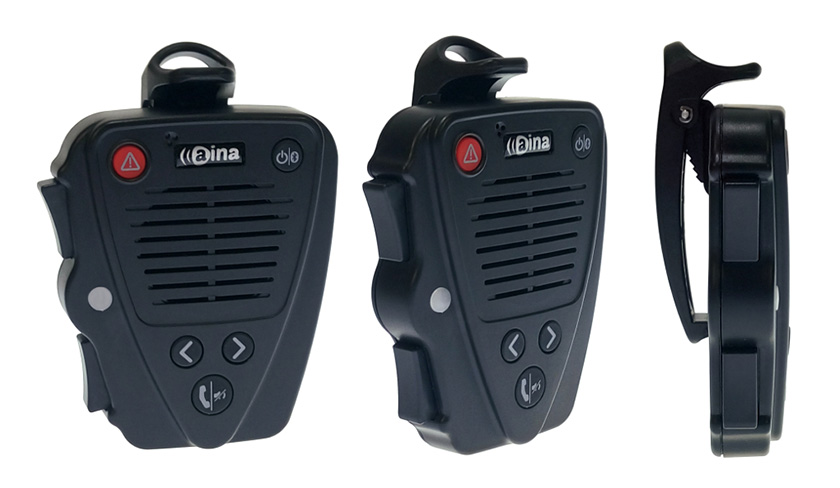PDF Basket
Despite the meteoric rise of mobile phones, walkie-talkies remain a popular tool for agencies such as emergency services and disaster relief operations, and in commercial sectors ranging from warehouse operatives to aviation staff.
Instant voice messaging is crucial in many such jobs, where smartphones are not always appropriate. People cannot risk running out of battery or are not always able to use a touch screen while working. So, there is a pressing demand for a device that removes the need for smartphones altogether while providing safe, secure, two-way communication.
Under the EU-funded IPCOM project, Finnish researchers have developed the IP Communicator, a device that can maintain communications even if commercial networks go down. The researchers anticipate that their new device will be a vital tool for first responders and emergency service staff in disaster zones and in the wake of terrorist attacks.
‘The feedback we receive from our partners is that they’re happy that someone is finally building a product that combines the user habits from two-way radios with the versatility of long-term evolution (LTE) technology,’ says project coordinator Maximilian LeRoux, of AINA Wireless in Finland.
A safe, secure fall-back
AINA Wireless already has a clip-on, wireless push-to-talk device on the market that uses Bluetooth to run off a mobile phone network. The new IP Communicator’s speaker-microphone system eliminates the need for paired smartphones by connecting directly to Wi-Fi or an LTE high-speed wireless network.
Although there are other solutions on the market, they are not secure or reliable enough for first responders to use in critical situations. Even with walkie-talkies, the user can switch to a direct mode operation if the radio network fails or breaks down. So, the IP Communicator has a reliable back-up option: it switches to an ad-hoc mesh network in case of an LTE network failure and, because it is automatic, users do not have to make the switch themselves.
The hand-held device – similar in look and feel to a walkie-talkie – also incorporates real-time cloud video recording, encrypted communication, geolocating, man-down alerts and emergency dispatch.
Leading with LTE
Many countries are planning to switch from standard radio to a dedicated broadband network for emergency services in the next few years. The UK, for example, is planning to spend £ 1.2bn on a 4G network for the three main emergency services and other public safety users. It will be the first in the world to deliver voice and data for emergency services over an enhanced and more resilient commercial 4G network.
Against this backdrop, the momentum is shifting further towards a need for Wi-Fi/LTE-enabled kit. With the IPCOM project completed, AINA Wireless now hopes to build its brand in this area and run field trials before the market becomes crowded.
‘AINA will build a whole series of products based on the technology platform developed under the Horizon 2020 programme,’ explains LeRoux. ‘We will release a series of products, such as camera-enhanced devices, but we also plan to build out the software infrastructure in order to become a full solutions provider.’

